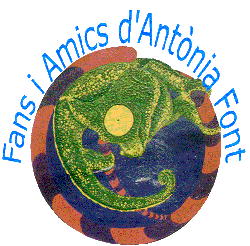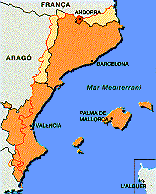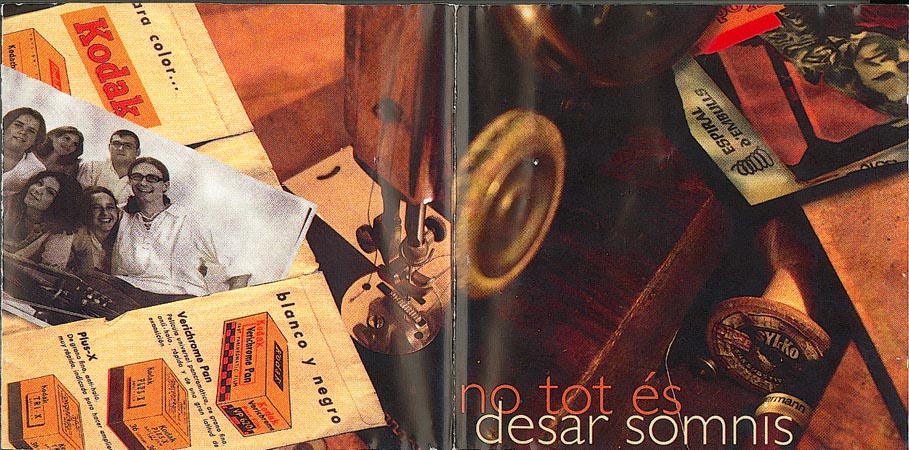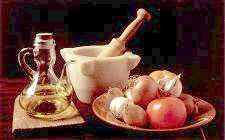|
|
|





In The Balear Islands there are many new groups, such as Espiral d'Embulls.
Catalan cooking is above
all a gastronomic version of the famous Mediterranean
diet. Therefore, it combines a very special quality with healthy eating.
Notable
is fish on its own, or in a multitude of more complex dishes such as suquet,
or
in combination with rice.Rice is the basis of a number of gastronomic delights
such as arròs a banda or "arròs negre", which are
other examples of seafood dishes.
Vegetables are another
crucial component, either raw in several sorts of
traditional salad, or cooked, as in espinacs a la catalana (spinach), escalivada
(red peppers and aubergines) or "samfaina" (peppers, tomato, onion
and garlic).
The calçotada is one of the typical vegetables of the nation: calçots,
spring
onions grilled over hot embersis the centre of festive gatherings spent
in the
countryside, at which the main event is the meal.
Meat also plays an important role, with Catalan beef being exported all
over
Europe, as well as pork products.
There are three particular items that combine apparent simplicity with a
very
special quality. One is a sauce to go with meat, allioli; another is a sauce
to
go with fish, romesco; and the other is pa amb tomàquet, which is
simply bread
rubbed with a ripe tomato and sprinkled with olive oil and salt.
Catalonia´s Olive
Oils too combine quality with healthiness, particularly the
oils of Siurana, Les Garrigues and the districts in the southern part of
Tarragona, the latter with a very vigorous flavour.
Fruit, including citrus fruit, is found in great variety in the Catalan
Countries. As are
pastries; in fact, every festival in the Catalen Countries has its own sweet:
crema catalana
for Saint Joseph’s day, mones de pasqua for Easter, panellets for All
Saints’
Day, torrons for Christmas, and so on.
Almost certainly the Catalan agricultural product that is best-known
internationally is cava. Cava is a sparkling wine made by the champenoise
method, but differs from other sparkling wines on account of some of the
exclusive varieties of white grape used. It is now the best-selling sparkling
wine in the world. There are also important still wines, of which historically
the whites have been most prominent, although in recent years more reds
have
been emerging.
There is also a Catalan cuisine that seeks to prepare imaginative, creative
dishes, the fruit of the wisdom of true artists, who are the heirs of a
long and
fertile culinary tradition.
The work of two typical cooks of this new generation has made a great impact
on
the world of gastronomy, and they have received international recognition.
Ferran Adrià, chef at "El Bulli", a restaurant set in the
countryside of the
Costa Brava, at Cala Montjoi, received his third star from the prestigious
Michelin guide in 1996, and was awarded 19 points out of 20 by the famous
gastronomic guide Gault-Millau France 95.
Santi Santamaria, chef at "El Racó de Can Fabes", in Sant
Celoni, in the
foothills of the Montseny, was also awarded a third star in the 1994 edition
of
the Michelin guide.
The "Ca l’Isidre" restaurant in Barcelona was included by
the International
Herald Tribune critic Patricia Wells in her list of the 20 best restaurants
in
the world.
These three restaurants that have earned the highest international prestige
are
just examples of the great Mediterranean culinary richness that can be found
in
the Catalan Countries.
